Which Speed Limit Sign Drives Home The Strongest Message?
State governments and local jurisdictions want you to slow down for a variety of reasons, including safety, fuel efficiency (cars burn more fuel at higher speeds), and air quality.
But the manner in which they communicate speed restrictions to motorists varies widely.
In its most common form, speed limits are communicated through straightforward signs that feature a single number.
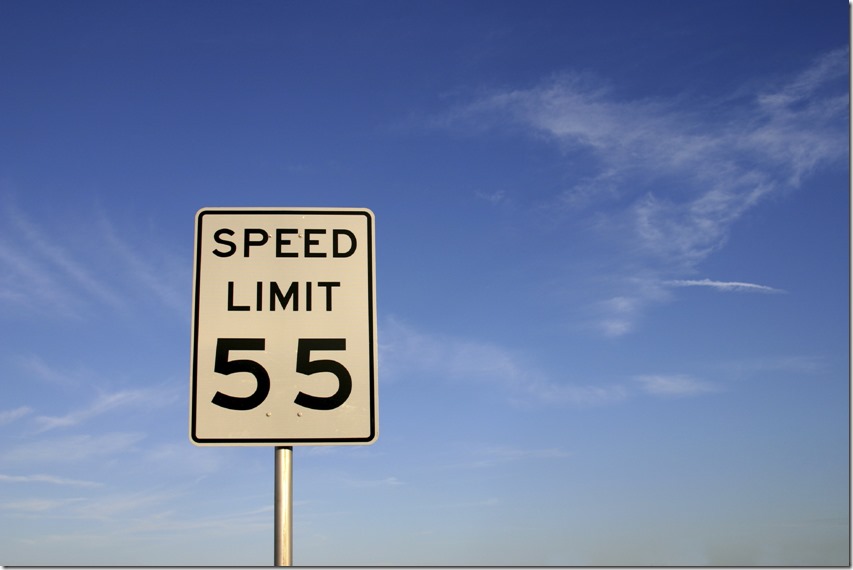
Some of the signs contain another phrase—“Speed Checked By Radar”—that is intended to remind motorists that their compliance with the posted speed limit (or lack thereof) is being monitored by the authorities charged with enforcing it.
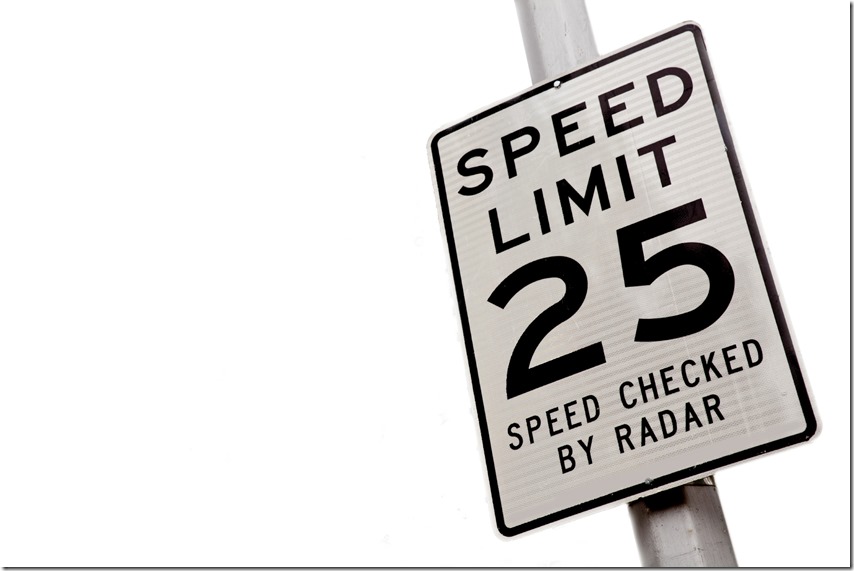
Some of the signs personalize the experience, contrasting for drivers the difference between the posted speed limit and their actual speed. It becomes harder to ignore that you’re driving 46 miles per hour in a zone designated for 25 when that information is being flashed at you.
Some signs—such as those in school and construction zones—go even further, issuing what amounts to a threat: If you speed here, we’re going to make you pay even more for your mistake.
Each of those signs has its place. Some people need little more than raw information to comply with the law; others might be more likely to respond to a more overt reminder; and others still may need the threat of a big fine and the nagging sense that big brother is watching before applying their brakes.
(And many drivers, even with all of those threats, wait to see a police officer with a speed gun a few yards ahead before finally lifting their foot from the gas.)
All of that occurred to me recently when I was taking a walk in my neighborhood and noticed this sign:
That sign gave me pause.
Its effectiveness relies on the decency and cooperation of other neighborly people who care about their families and communities. It’s not a threat. It’s not prescriptive. Rather, it’s a call to our better selves. It’s a compliance message that acts as a pull message, not a push message—we’re going to do the right thing because we want to, not because you told us to.
You may have seen similar signs on the highway. (The one below also comes in a “My mummy works here” version.)
The project manager for Highways England, which is responsible for the sign above, puts it this way:
“I hope the new campaign will encourage people to think more about the workers behind the barriers who are carrying out the work on the smart motorway scheme, so we can reach the end of the project without anyone being injured.”
The question of how to get people to comply with rules and regulations is a complex one. But injecting an emotional appeal into a message changes the nature of the communication entirely.
I’m not suggesting all speed limit signs should be replaced; in fact, they shouldn’t be. Part of what gives the six- and nine-word messages above such resonance is that they’re not common. If we start seeing them regularly, we’ll probably tune them out, just as we have so much of the other noise we encounter in our daily lives.
But these signs do offer communicators a reminder to consider whether building an emotional appeal into an otherwise straightforward instruction would be useful. Sometimes, “My daddy works here” is more effective than “Slow down.”
Thanks for reading! You can read a free preview of my book The Media Training Bible below.
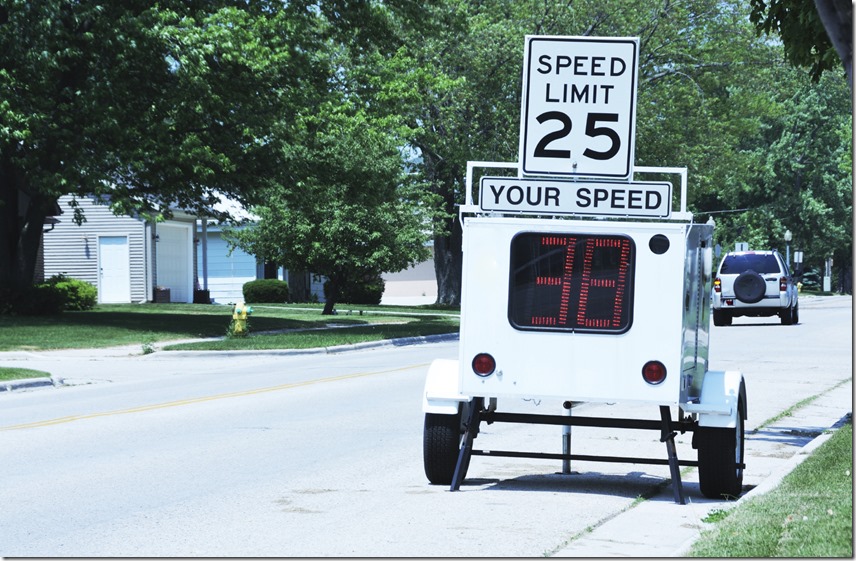
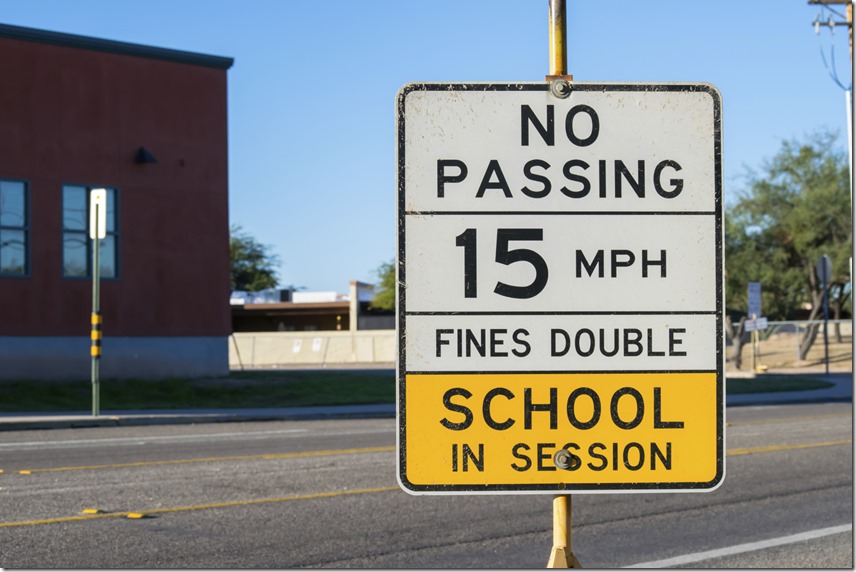
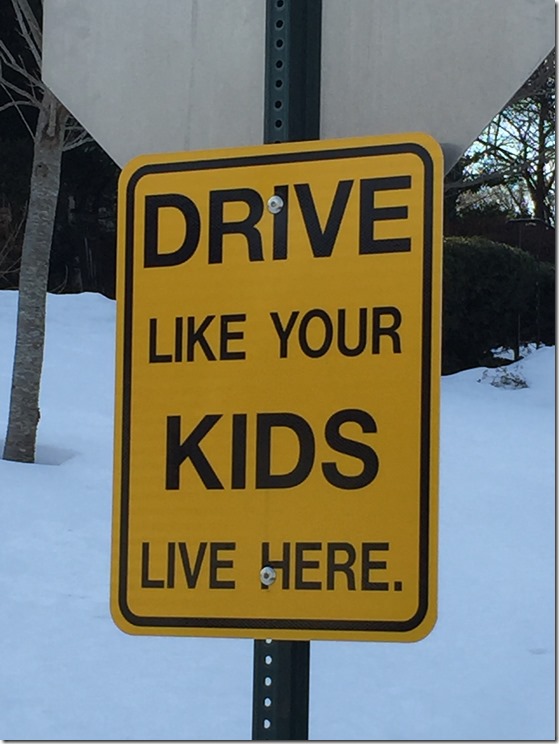
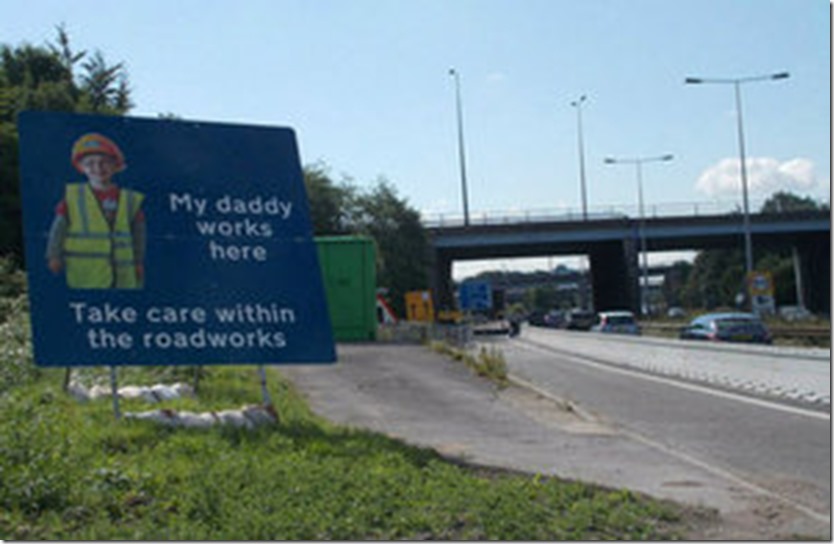


I have seen the sign that displays your actual speed and it does make me aware of my speed, especially if it flashes for going too fast.
I wonder if a sign that says MAX SPEED 55 would be more effective.
I would suggest one type of road sign that should be tried out is “97% of drivers lower their speed when passing this school/construction site”. Very few people want to be one of the bad guys, so I think that could work. What do you think?
Michael
Michael —
That’s a very smart suggestion. I’m doubtful that any group of drivers is compliant with speed laws 97% of the time — but if they were, you could definitely use the Principle of Social Proof to exact behavior change.
According to Robert Cialdini, author of Influence: Science and Practice, the Principle of Social Proof “states that we determine what is correct by finding out what other people think is correct.”
Thanks for the smart idea!
Best,
Brad